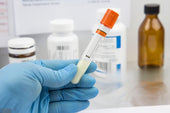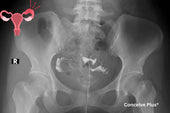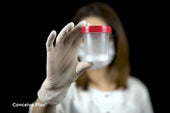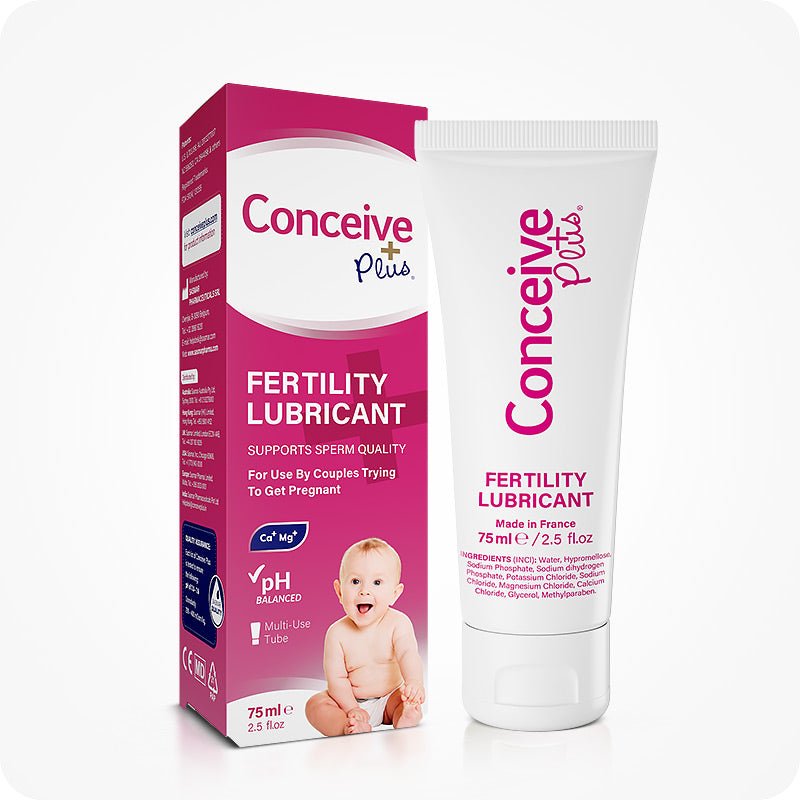What Does BV Discharge Look Like Pictures?

Bacterial vaginosis (BV) is a common vaginal condition that many women experience during their reproductive years. Although it is not classified as a sexually transmitted infection, it is linked with sexual activity [1].
Vagina has a natural balance of bacteria that helps maintain a healthy vaginal environment [2]. However, when changes occur in the balance of the natural bacteria, it leads to bacterial vaginosis. One of the most common signs of BV is a change in vaginal discharge. This makes women wonder what does BV discharge look like pictures.
What Does Normal Vaginal Discharge Look Like?
To better understand the changes in vaginal discharge resulting from BV, you first need to know about normal discharge. Normal vaginal discharge usually appears clear or white and can change during your cycle. Before and after your period, the discharge is light and sticky.
Around ovulation, it becomes more slippery and stretchy, similar to egg whites [3]. This change helps sperm travel easily and shows that your body is working well.
What Does BV Discharge Look Like?
BV discharge is usually thin and watery. The discharge pictures often have a gray or white color and may appear slightly frothy. One of the main features of this discharge is its strong fishy odor, which is especially noticeable after sexual intercourse [4].

Image Source: https://www.researchgate.net/figure/Typical-discharge-associated-with-bacterial-vaginosis_fig6_369299497
Although some women with BV experience no symptoms at all, many report this characteristic smell along with the unusual discharge. The change in the discharge is due to an overgrowth of bacteria that are normally present in small numbers in a healthy vagina.
If you’ve noticed a yellowish discharge before your period and are curious if it might be a sign of pregnancy, read our article 'Yellowish Discharge Before Period Sign Pregnancy?' for expert insights.
What Causes Abnormal Discharge in BV?
Normal vaginal discharge varies throughout the menstrual cycle and is usually clear or white. With BV, the balance of good bacteria called lactobacilli is disrupted, allowing other types of bacteria to multiply [2]. This bacterial imbalance causes the discharge to become abnormal.
The discharge in BV is not thick or clumpy like the cottage cheese-like discharge seen in yeast infections. Instead, it is often more watery and may have a slightly off-white or gray tint. The fishy odor happens because the excess bacteria produce chemicals that give the discharge this distinctive smell.
Other Symptoms of BV
Some women with BV may also feel a slight burning sensation when they urinate or when they engage in sexual intercourse. However, BV does not usually cause severe pain or itching. In most cases, the primary complaints that women have are the odor and change in appearance of the discharge.
It is important to note that while BV can be uncomfortable and frustrating, it is usually not a serious condition. The condition improves quickly with proper medical treatment.
How to Treat BV?
The recommended and most effective way to treat bacterial vaginosis is consulting a healthcare provider. Your healthcare provider may prescribe antibiotics such as metronidazole or clindamycin [4].
These medications help reduce the number of harmful bacteria in the vagina and restore the normal balance of good bacteria. It is important to remember that you need to take the full course of the antibiotic, even if symptoms begin to improve early.
Other Ways to Prevent and Manage BV
Along with medical treatment, you can take certain measures at home to help prevent BV and reduce its symptoms. These include:
- Practice Good Hygiene: Wash your genital area with water and mild, unscented soap. Avoid using harsh cleansers or douches, as these can cause vaginal itching and disrupt the natural balance of bacteria.
- Choose the Right Underwear: Wear cotton underwear instead of synthetic fabrics. Cotton is more breathable and helps keep the area dry.
- Avoid Scented Products: Do not use perfumed soaps, bubble baths, or vaginal deodorants. These products can irritate the sensitive skin, disturb vaginal pH, and upset the natural bacterial balance.
- Safe Sexual Practices: Using condoms consistently and correctly during vaginal sex can help reduce the risk of BV transmission. Even if you don't have BV, using condoms is always a good practice for preventing sexually transmitted infections.
- Consider Probiotics: A 2023 study suggests that taking oral probiotics may help restore the good bacteria in the vagina, reducing the chances of BV coming back [5].
If you're curious about why is my discharge sticky and what these changes might indicate about your vaginal health, check out our article 'Why is My Discharge Sticky? Understanding Changes in Vaginal Discharge' for more detailed insights.
The Bottom Line
Bacterial vaginosis is a vaginal condition that leads to a change in vaginal discharge. If you suspect BV and are worried about what does BV discharge look like pictures, the characteristic signs include thin, gray, or white discharge pictures with a fishy odor.
Although it is not usually painful or leads to serious complications, the symptoms can be frustrating. You can effectively manage BV with proper medical treatment and good self-care practices.
Resources Used
- Achondou, A. E., Fumoloh, F. F., Aseneck, A. C., Awah, A. R., & Utokoro, A. M. (2016b). African Journal of Infectious Diseases, 10(2), 96–101. https://doi.org/10.21010/ajid.v10i2.4
- Joseph, R. J., Ser, H., Kuai, Y., Tan, L. T., Arasoo, V. J. T., Letchumanan, V., Wang, L., Pusparajah, P., Goh, B., Mutalib, N. A., Chan, K., & Lee, L. (2021). How do we treat and prevent the occurrence of bacterial vaginosis? Antibiotics, 10(6), 719. https://doi.org/10.3390/antibiotics10060719
- Professional, C. C. M. (2025b, February 12). Cervical mucus. Cleveland Clinic. https://my.clevelandclinic.org/health/body/21957-cervical-mucus
- Kairys, N., Carlson, K., & Garg, M. (2024, May 6). Bacterial vaginosis. StatPearls - NCBI Bookshelf. https://www.ncbi.nlm.nih.gov/books/NBK459216/
- Liu, P., Lu, Y., Li, R., & Chen, X. (2023). Use of probiotic lactobacilli in the treatment of vaginal infections: In vitro and in vivo investigations. Frontiers in Cellular and Infection Microbiology, 13. https://doi.org/10.3389/fcimb.2023.1153894





























